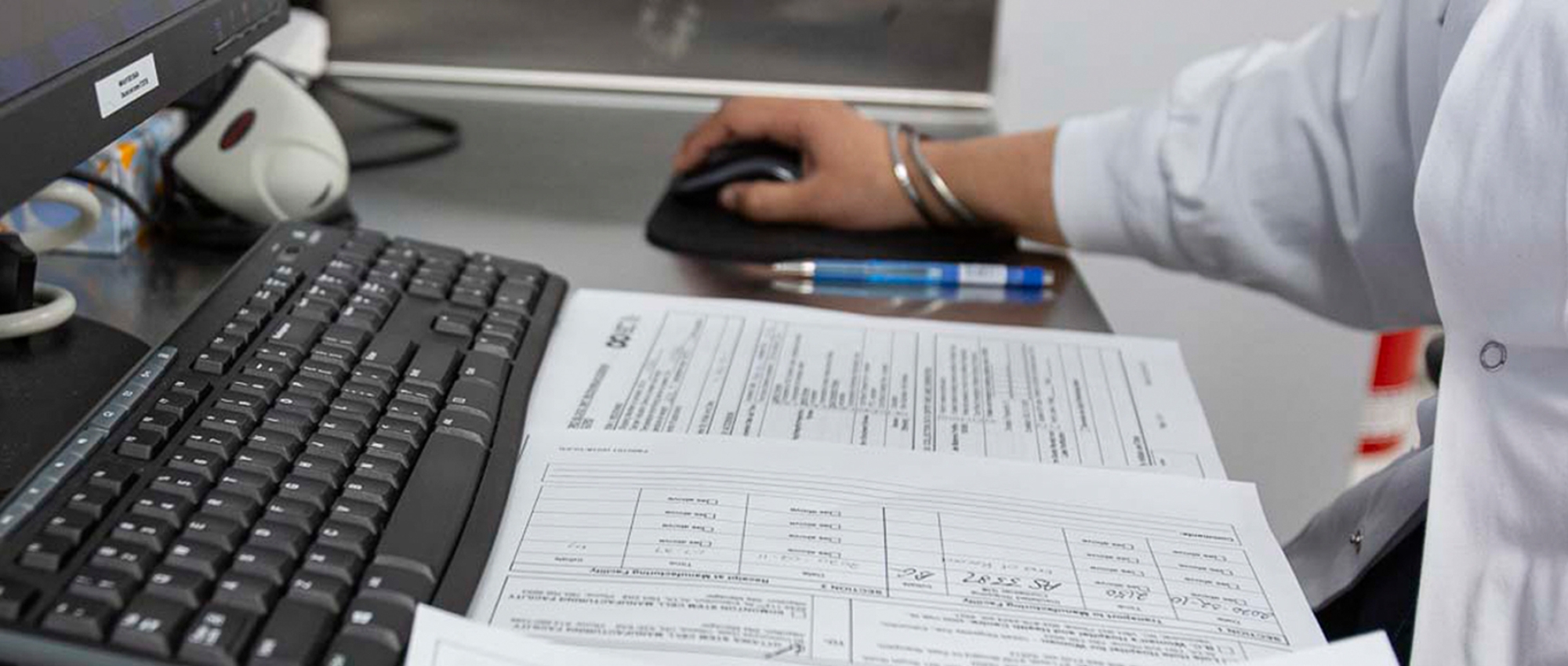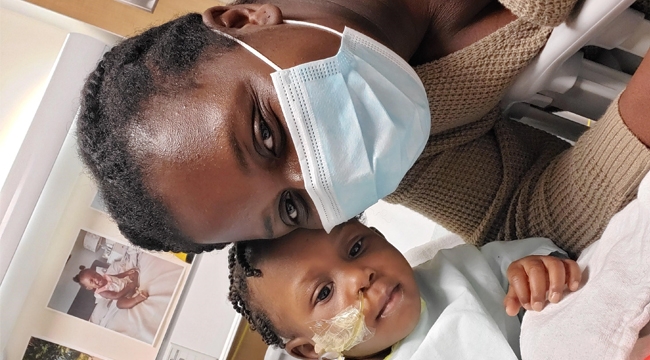How we’re using data science to prepare for the pandemic
Even in a pandemic, the need for blood and blood products is constant.
Canadian Blood Services has a strong record of responding quickly and effectively to public health issues, as demonstrated in the past with West Nile Virus, Chagas, SARS, MERS, Zika and H1N1. Our commitment to the well-being of our recipients, donors, employees and volunteers is unwavering.
Canadian Blood Services considers pandemic preparation a very high priority and we’re working hard to address two of the biggest concerns about how COVID-19 could affect the blood supply.
“When there’s a new disease, the first thing we think about as a national blood operator is whether it’s going to be transfusion-transmissible,” says Dr. Isra Levy, vice-president of medical affairs and innovation at Canadian Blood Services.
“The other big concern is whether it’s something that’s going to create dynamics where some of our donors are either afraid to donate or are being advised to take measures that would prevent them from donating.” There’s no evidence the COVID-19 virus can be transmitted via blood transfusion. However, the question of whether blood supply levels will be at risk due to donors being unable to, or afraid to donate, remains. Blood operators in some affected regions have seen shortages because people are avoiding donating or are being told to stay home. We are also committed to protecting our staff and volunteers.
Even in a pandemic, the need for blood and blood products is constant. People will still be getting into car accidents, needing emergency surgery or receiving treatment for cancer.
Using data modeling to inform decisions
We have a detailed COVID-19 pandemic preparedness plan, which looks at different possible scenarios and outlines how we will respond. One of the things that we need to make the best possible decisions is data, and we have many highly qualified people gathering, crunching, and analyzing that data.
Dr. Steven Drews, associate director of microbiology at Canadian Blood Services, is one of these people. He has been working to model risk of donors coming into a donor centre while infected with COVID-19.
Every seven to 10 days, or as our knowledge changes, Dr. Drews and his colleagues including Dr. Sheila O’Brien, run models looking at the likelihood of collecting blood from a donor infected with the virus.
“Based on very conservative estimates, we’re currently looking at odds of one in 100 million chance of collecting a blood donation containing the virus,” says Dr. Drews. “We collect about a million donations per year, so we’re talking about a really miniscule level of risk at this point.”
We also work with Héma-Québec and Canadian Blood Services’ surveillance group, which captures as much information as possible about COVID-19 as the epidemiology changes daily.
“We’ll continue to look at the data and our models as things change and we’ll use that information to recalculate or adjust our estimates, and react accordingly,” says Dr. Drews.
The risk of COVID-19 is requiring people across Canada to avoid many public spaces. However, blood products remain critical for patients, and our donor centres have enhanced measures for the safety of donors, staff and volunteers. Our website is updated daily with information about our response to COVID-19. To make an appointment you can download the GiveBlood app, call 1 888 2 DONATE (1-888-236-6283) or book now at blood.ca.



